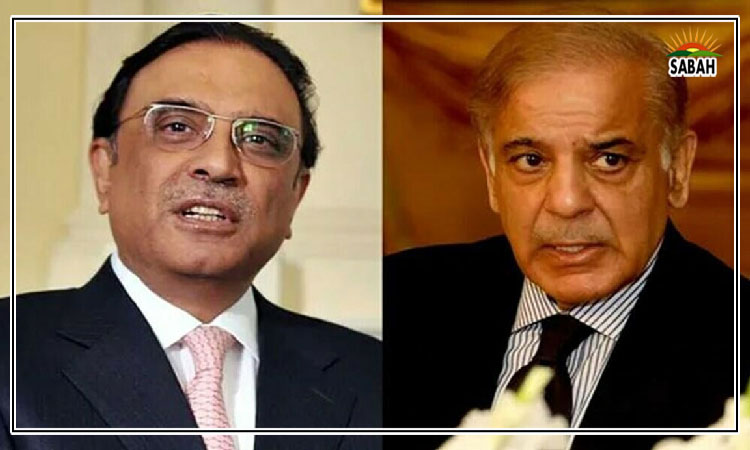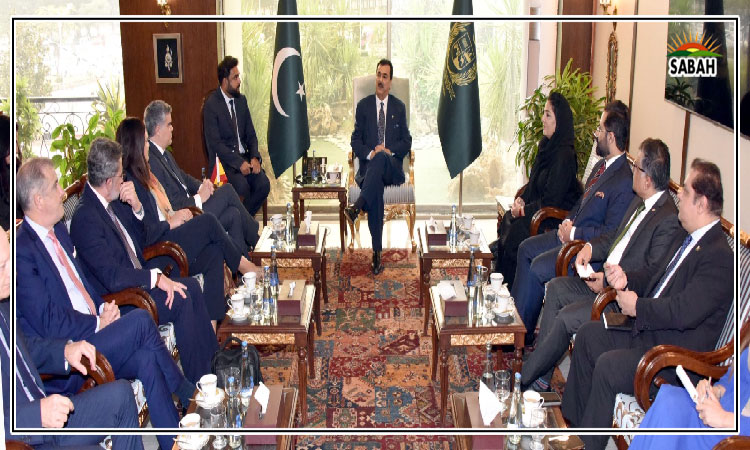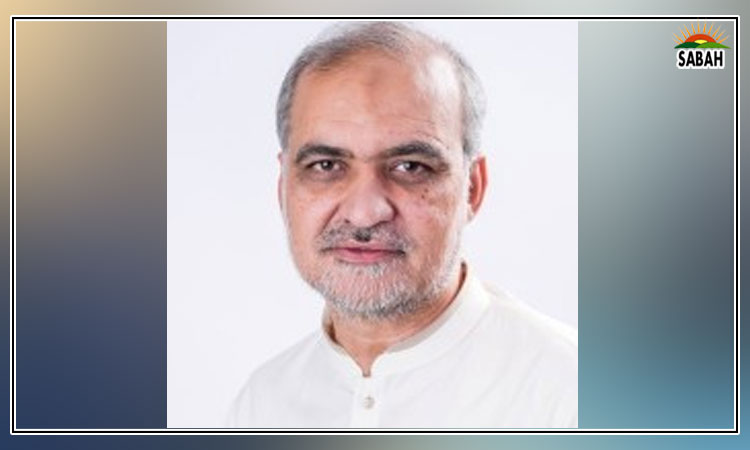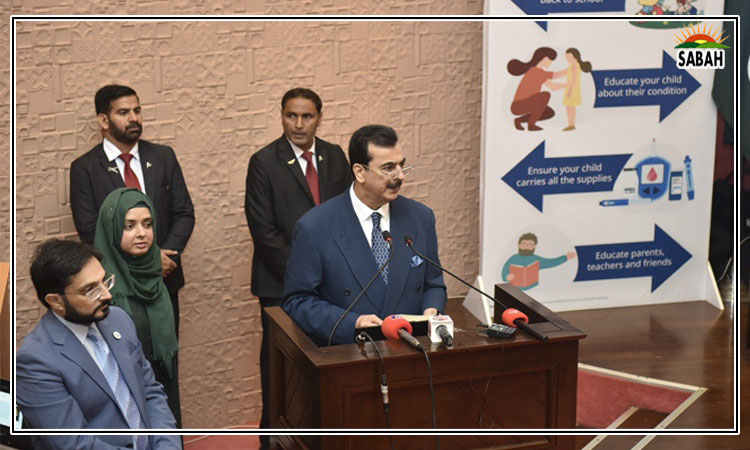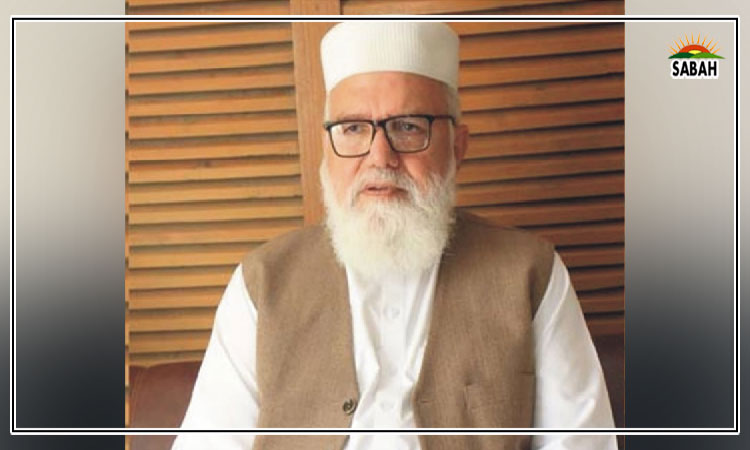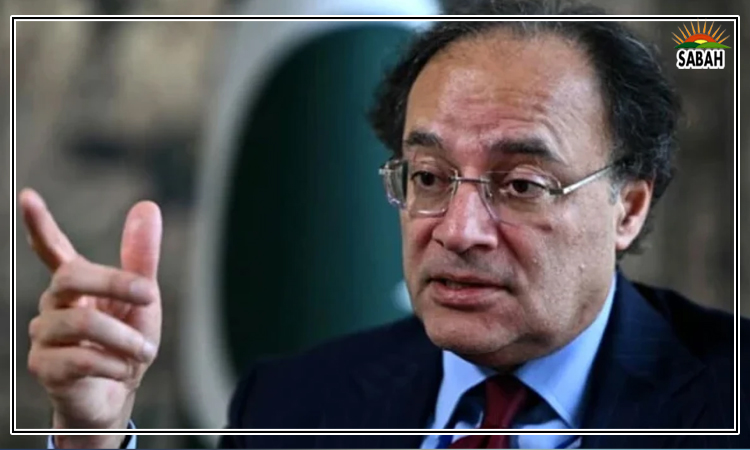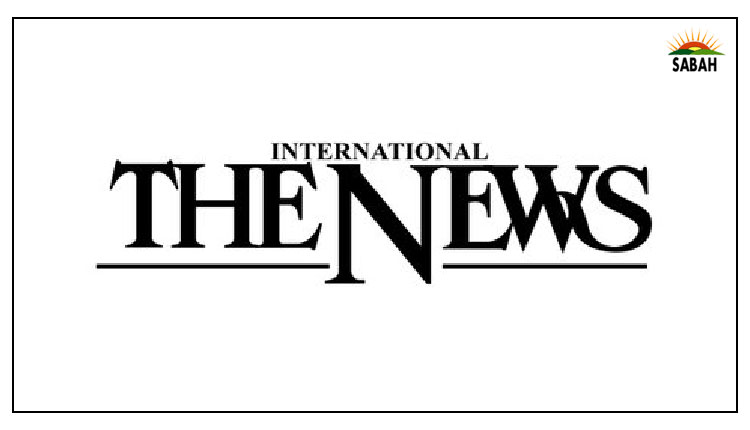Communicating climate change…Dr Salma Shaheen
The emergence of non-traditional threats has created several challenges for the regional and international security environment and crisis management.
Threats like climate change have magnified the significance of communications during climate-driven events in influencing stakeholders. There is a need to communicate climate-related facts, messages, actions and policies to national and international audiences in a way that does not undermine the states strategic objectives. The key is to build climate change strategic communications (StratComm).
Communications expert James Farwell defines strategic communications as the use of words, actions, images, or symbols to influence the attitudes and opinion of target audiences to shape their behaviour in order to advance interests or policies, or to achieve objectives. If we accept that everything communicates, then the states words, actions and images all carry a message and have a strategic effect by influencing audiences national and international perceptions, decision-making and response to a particular crisis or disaster.
Audience response, in turn, impacts national strategy and strategic objectives. To expect audience response in line with strategic objectives, a state needs to adopt a strategic approach towards communications based on coordinated efforts from all the relevant sectors of government.
The term strategic communications is not synonymous with media communications. Instead, it works on a broader canvas to disseminate information. Climate change StratComm should ideally involve a strong strategic narrative and carry messages complementary to strategic objectives that are capable of building connections with the public.
Dutch history professor Beatrice De Graaf explains that strategic narratives are deliberately designed and nurtured by political elites with the intent of provoking a particular feeling or opinion and hence facilitate distinct policy initiatives. Pakistans climate change strategic narrative should tell the story of how the country and its people see climate-driven events.
Pakistans demand for climate justice in the aftermath of the 2022 floods that were primarily driven by climate change works within these contours of strategic narratives and StartComm. Climate justice demand is a manifestation of the frustration of states with high vulnerability and low greenhouse gas (GHG) contribution to climate change, and is a reminder for rich GHG emitters of their responsibility to pay for their share in lifting the miseries of vulnerable states.
The International Conference on Climate Resilient Pakistan co-hosted by the UN and the government of Pakistan in Geneva has managed to secure over $10 billion in commitments from different donors for flood recovery; the pledges are yet to be materialized. This indicates that Pakistan is inching towards the greater goal of climate justice.
Besides building a narrative, it is crucial for the message and information conveyed during StratComm to complement and support national strategic objectives. Two instances are important to assess the complementary nature of climate change StratComm. One, while serving as the vice-chair of the COP27 summit, Pakistan vociferously demanded that historic injustices be mended. Moreover, Prime Minister Shehbaz Sharif rightly ruled out words like reparations and rescheduling and asked for climate justice.
The support Pakistan received from COP27 for its climate justice narrative is commendable. Also, UN chief Antonio Guterres has asked the world to help Pakistan and urged for a global finance shake-up to help developing countries hit by climate-driven disasters rebuild their damaged areas. Pakistans climate change communications, as expressed in the countrys Nationally Determined Contributions 2021, is a hyperbolic expression of seeking and demanding international finance and support.
Undoubtedly, the country needs international finance to meet mitigation and adaptation targets of the countrys ambitious plans of reducing its GHG emissions by 50 per cent by 2030. These targets include a coal ban, reducing carbon footprint by shifting to 60 per cent renewable energy sources and 30 per cent electric transportation by 2030, and implementing initiatives such as the Protected Areas Initiative and tree plantation.
However, the success of these targets depends on domestic (15 per cent) and international (35 per cent) financing. To attract international financial support, the overall investment environment needs improvement. However, based on the climate justice narrative, Pakistan can effectively build its image through strategic communications that support its quest for international finance. So far, the prime minister has assured we will utilize international financial flood aid pledged in the Geneva conference transparently.
The second instance to assess the complementarity of StratComm is Pakistans first National Security Policy 2022-2026 (NSP 2022-26) that offers a narrow definition of climate change. Within the realm of human security, climate change is emphasized along with water management and water security. This negatively impacts climate change StratComm by factoring out dimensions such as health and gender security, migration and displacement and food security in relation to climate change. The exclusion of these dimensions from the NSP 2022-26 reflects lack of anticipation and appreciation of the breadth of climate change issues at the national level.
To deal with the adverse impacts of climate change, the coalition government has established the National Flood Response Coordination Center (NFRCC) to ensure coordination among state departments and agencies (national and international) to prepare flood response, rehabilitation and relief. This coordination is necessary to avoid information fratricide. To further its efforts, the government has formulated the Resilient, Recovery, Rehabilitation and Reconstruction Framework (R4F).
Climate change StartComm depends upon building a connection between people and science. Climate change messaging involves scientific information for which scientists are key in communicating facts and figures; however, connecting scientists with the public is an uphill task. Audiences are heterogeneous in terms of education, beliefs, culture, needs and interests, and have different approaches towards science.
We have seen this sort of disconnect during the Covid-19 pandemic. To address such disconnect, more information is required to be communicated to an audience that disagrees with science. This could kill the purpose of StratComm. In the presence of the recurrent climate-driven crisis, local communities do not necessarily need a campaign to convince them about climate change. Instead, they need to be educated to understand these events in a broader context of science, how these events will affect their future and how to deal with them. Countrywide communication in a non-scientific manner is required to inform the public about their vulnerabilities and ways to manage. For this, augmenting media capacity and building a research pool to improve climate communications in Pakistan are important.
The transformed nature of security threats has placed communications at level with other strategic means and ends. StratComm has gained popularity and traction in the 21st century. For better crisis and disaster management, a state needs to approach communications at a strategic level to help managers become proactive and take control of crisis/disaster situations. The need is to demilitarize and to include StratComm.
Courtesy The News


